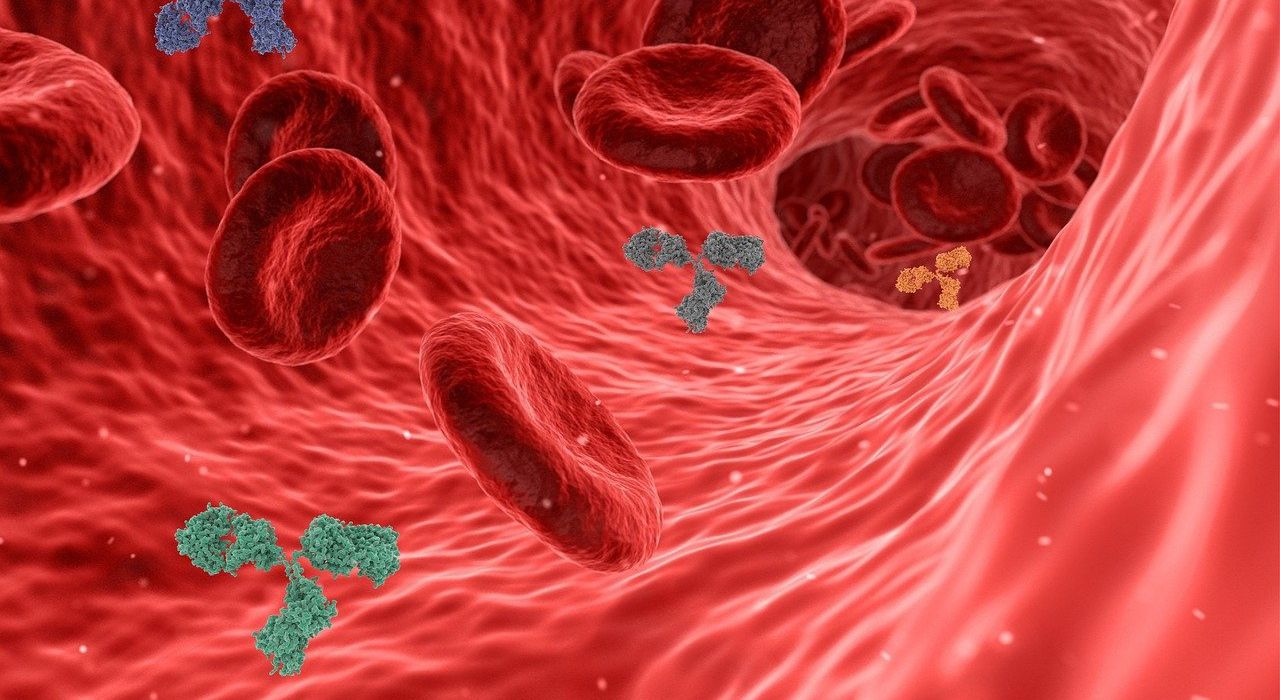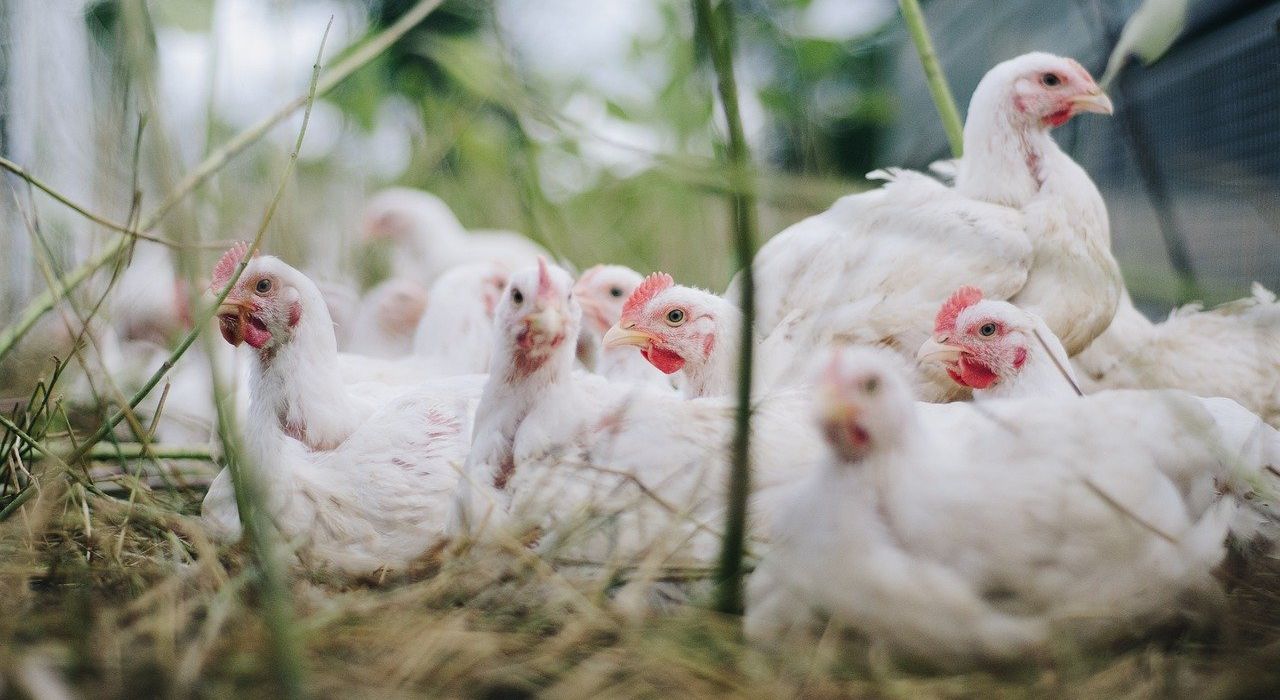2021年5月14日、CAFCは、明細書の「本発明は、…である。」という記載に基づいて発明を限定的に解釈する判決をしました (Wastow Enterprises, LLC v. Truckmovers.Com, Inc. (Fed. Cir. May 14, 2021))。本判決はnonprecedentialです。
2021年4月29日、CAFCは、発明者が前職の企業で発明に重要な貢献をする研究を行なっていたので前職の企業が後の企業で完成された発明の共有者になる、という主張に対し、発明着想前の貢献は雇用者に譲渡義務のある知的財産に該当しないと判断し、これを退ける判決をしました (Bio-Rad Laboratories, Inc. v. ITC (Fed. Cir. Apr. 29, 2021))。
2021年4月16日、CAFCは、発明の優先日時点で実施可能でない引用文献だけを基礎にしたのではその発明を自明とすることはできない、という判断をしました (Raytheon Technologies Corp. v. General Electric Co. (Fed. Cir. Apr. 16, 2021))。
2021年4月7日、CAFCは特許のライセンシーは、その特許に関するIPRの決定について控訴するためのArticle III standing (原告適格) を有さない場合があるとの決定をしました (Apple Inc. v. Qualcomm Incorporated (Fed. Cir. Apr. 7, 2021))。
In February, the Federal Circuit issued a decision in Takeda Pharmaceutical Co. v. Torrent Pharmaceuticals Ltd. concerning the obviousness of a chemical compound. Perhaps the most interesting aspect of the court’s decision was the framework that they used in making their decision.
The case arose in ANDA litigation, with Takeda alleging that Torrent would infringe Takeda’s Orange Book-listed patent claiming certain alogliptin benzoates. Torrent defended by alleging obviousness – both statutory obviousness (35 U.S.C. 103) and non-statutory obviousness-type double patenting – and in all cases relied on the obvious modification of a “lead compound” to produce Takeda’s claimed compounds.
In Takeda, central to the court’s ultimate decision-making process was determining whether there was a “reasonable expectation of success” in making Torrent’s suggested modifications. But in essentially answering this question before it was asked, the court prefaced its discussion with the following statement:
Relevant to ‘the assessment of [reasonable] expectation of success’ in all three of [Torrent’s] invalidity theories … is the undisputed factual finding that ‘in the relevant art of pharmaceutical development, very small changes in molecular structure can have dramatic effects on the properties of the molecule,’ …. Indeed, ‘the more distantly related two chemical structures are, the less probable it will be that they have the same biological effect.’ … Against this backdrop, we turn to the details of Appellants’ invalidity theories.
As one might guess just from reading this opening decisional framework, the court found in favor of Takeda, holding that a skilled artisan would not have been motivated to modify Torrent’s lead compound with a reasonable expectation of success.
Takeaway: Does the Takeda case provide us with a roadmap to nonobviousness? Perhaps. In Takeda patentee used expert testimony, buttressed by a publication, to establish the unpredictability of chemical structural changes vis-à-vis functionality in the relevant pharmaceutical art. In the absence of evidence to the contrary, the Federal Circuit found it very easy to affirm the validity of Takeda’s claims and deny Torrent’s allegations of obviousness. Using this strategy during prosecution should yield the same results, with the advantage of an “adversary” (i.e., the Examiner) who lacks the resources of a pharmaceutical litigant.
Judges: Dyk, Mayer, Chen
2021年3月9日、CAFCは、単一の要素が複数の要素に置き換わっている場合に、均等論におけるVitiation Doctrineは適用されないと判断する判決を出しました (Edgewell Personal Care Brands v. Munchkin, Inc. (Fed. Cir. Mar. 9, 2021))。
2021年2月11日、CAFCは、抗体についての機能クレームが、実施可能要件を満足しないために無効であると判断する判決を出しました (Amgen Inc. v. Sanofi, Aventisub LLC (Fed. Cir. Feb.11, 2021))。
2021年2月24日、CAFCは、組成物の一成分が他成分の副生物である場合に、置換理論 (substitution theory) を適用して行われた自明性の認定を肯定するnon-precedential判決を出しました (Daikin Industries Ltd. v. The Chemours Company FC, LLC (Fed. Cir. Feb. 24, 2021)) 。
Intervening rights address the impact on third parties when a patentee makes substantive changes to the scope of patent claims in a post-grant proceeding (reissue, reexamination, AIA trial). Courts have recognized that such changes in claim scope leave “the door … open for gross injustice” when a third party, having already begun to make, use, or sell a given article, finds its previously lawful activities subsequently infringing under a modified patent. Marine Polymer Techs., Inc. v. Hemcon, Inc., 672 F.3d 1350, 1361 (Fed. Cir. 2012).
Intervening rights wholly protect a third party from infringement liability for activity prior to issuance of claims changed in post-grant proceedings (absolute intervening rights). However, whether there is infringement liability for continued activity after issuance of the changed claims is decided by judges (equitable intervening rights). The CAFC recently considered whether a district court properly granted summary judgment as to equitable intervening rights in John Bean Techs. Corp. v. Morris & Assocs., 2020-1090 (Fed. Cir. Feb. 19, 2021).
John Bean was the owner of a patent directed to poultry chillers. Morris sent a letter to John Bean in 2002, arguing that the patent was invalid over prior art. John Bean did not respond, and Morris proceeded to develop and sell poultry chillers. In 2013 – 11 years after Morris sent its letter – John Bean filed a request for ex parte reexamination, which issued with amended claims in 2014. Six weeks after the reexamination certificate issued, John Bean sued Morris. After several years of litigating, the district court granted Morris summary judgment based on its assertion of equitable intervening rights.
In granting summary judgment, the district court considered a number of factors relating to the type and amount of investments in poultry chillers made by Morris before the reexamination certificate issued. Morris noted its “years of research, developments, investments, improvement, promotion, and goodwill associated with the accused product” and conversion of “nearly [two-thirds] of its business to selling the accused product.” John Bean focused on one factor: whether Morris made profits sufficient to recoup its investment. John Bean argued that Morris had fully recouped (and then some) any monetary investment made in reliance on the scope of the claims of the original patent, and this should foreclose the grant of equitable intervening rights.
The CAFC disagreed, stating:
… recoupment is not the sole objective of [the intervening rights statute’s] protection of “investments made or business commenced” before the claims’ alteration… We see no indication in the statute that monetary investments made and recouped before reissue are the only investments that a court may deem sufficient to protect as an equitable remedy.
Noting the district court’s finding that John Bean’s delay was in bad faith, and Morris’s investment was more than just a financial investment, the CAFC affirmed summary judgment. Thus, Morris was permitted to continue unfettered in its poultry chiller business.
Takeaway: Neither patent applicants nor examiners are omniscient, so patentability/validity issues may arise after a patent issues. When considering – or being forced by a third party to consider – post-grant proceedings, it is important to appreciate the risks associated with amending the claims of an issued patent. Of course, the best course of action is to preserve useful, original patent claims. If this is not possible, a patentee should correct defective patent claims with deliberate speed and awareness of the activities of competitors in the marketplace.
Judges: Laurie, Reyna, and Wallach
相反するクレーム文言の定義を審査段階で主張したために、クレームがindefiniteであり、無効と判断した判決を2021年2月10日にCAFCが出しています (Infinity Computer Products v. Oki Data Americas, Inc. (Fed. Cir. Feb. 10, 2021) 。










